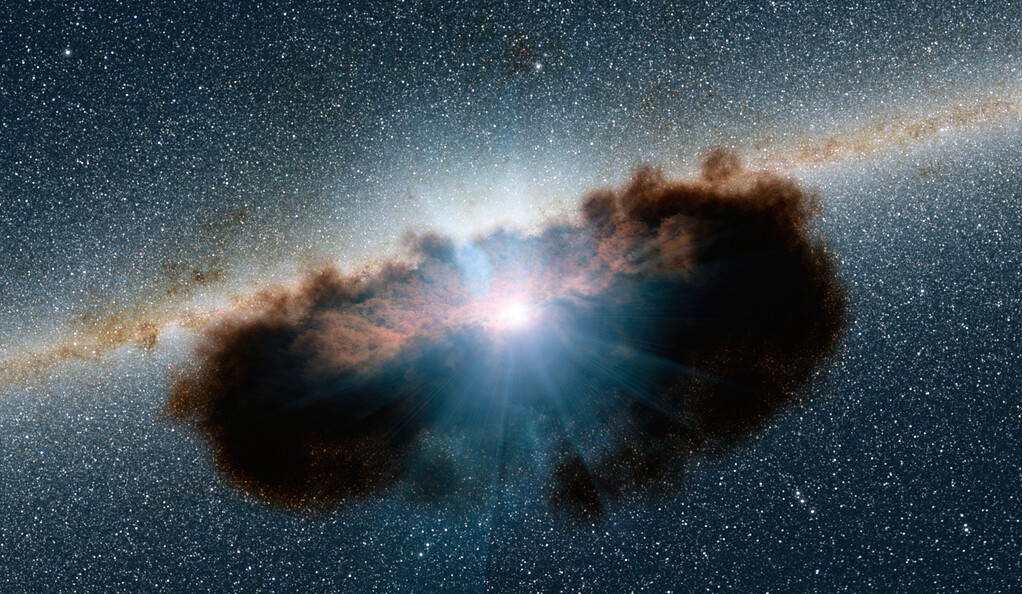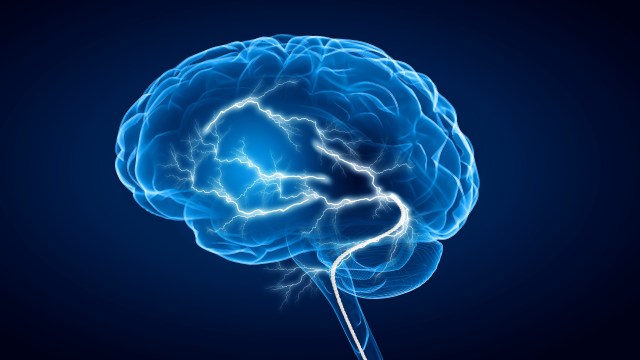New neutrino discovery will unlock secrets of the rarest events in the cosmos

- High-energy neutrinos are extremely rare particles and are very difficult to detect.
- High-energy neutrinos from space have been observed before, but their existence is at the whim of cosmic events, like neutron star collisions.
- This work will shed light on some of the most spectacular and rarest of cosmic phenomena.
Researchers at the CERN laboratory in Switzerland announced that they have observed and generated in the laboratory a highly energetic form of radiation called high-energy neutrino radiation. Their accomplishment is without precedent, and it will significantly improve the scientific community’s understanding of some of the most energetic and destructive environments in the cosmos.
The rarest particles
In nature, high-energy neutrinos are created only in exceptional circumstances. These include colliding neutron stars, gamma ray bursts, and pulsars. They also occur in the strong magnetic fields generated when black holes absorb nearby stars. Such cosmic events are among the rarest and most spectacular occurrences in the Universe.
Lower-energy neutrino radiation has been observed for over half a century. Low-energy neutrinos emit from nuclear reactions, like those occurring in the Sun or a nuclear reactor. Solar and reactor neutrinos can have less than one-millionth of the energy carried by highly energetic ones created in the cosmos.
Scientists can also generate neutrinos using particle beams like the ones at the Fermi National Accelerator Laboratory, or Fermilab, located just outside Chicago. Fermilab’s beams are the most intense in the world. They are about 1,000 times more energetic than those created in the Sun or in nuclear reactors, yet they still fall well short of the energy carried by some neutrinos created in space.
High-energy neutrinos from space have been detected before, but they are extremely rare, and their detection is at the whim of cosmic events. After all, neutron stars do not collide on just any day. Researchers wanting to study very-high-energy neutrinos are left to wait until a high-energy event occurs somewhere in the Universe.
Patience has a cosmic limit
Thankfully, scientists are quite patient, and they have built equipment that can identify high-energy cosmic neutrinos when they do occur. Very large detectors are needed for the task — for example the Super-Kamiokande detector in Japan, which is a tank containing 50,000 tons of ultrapure water, or the IceCube Neutrino Observatory, which uses a cubic kilometer of Antarctic ice.
The detectors must be so large because neutrinos interact very weakly. For example, about 10 trillion trillion (1025) neutrinos from the sun pass through the Super-Kamiokande tank every day, yet only thirty of those neutrinos interact with the detector and can be observed.
It is clear, then, that for scientists wanting to study energetic neutrinos, it is not ideal to wait for them to be generated somewhere in space. It would be far better to create very-high-energy neutrinos on Earth, and then point a beam of those neutrinos at a waiting detector. And that is exactly what researchers now have done.
The most powerful particle accelerator in the world is called the Large Hadron Collider, and it is located at the CERN laboratory on the French-Swiss border. The Collider was built to bash very-high-energy beams of protons together in hopes of creating, and then detecting, a particle called the Higgs boson, which is the origin of the mass of matter’s smallest building blocks. The discovery of the Higgs boson was announced on July 4, 2012.
While the Higgs boson was the Collider’s primary objective, the detectors arrayed around the accelerator were designed to be very versatile. Over the years, independent teams used it to make many measurements of the laws of nature at the highest accessible energies. Indeed, since the Collider began operating, more than 3,000 scientific papers have been published using the data generated by the accelerator.
High-energy discoveries
One set of researchers took advantage of the unprecedented energy of the facility’s beams to investigate how to create and detect very-high-energy neutrinos. These scientists built what is called FASER, or ForwArd Search ExpeRiment. A detector was placed very near the LHC beams — about 480 meters from a location where beams of protons collide.
At this location, FASER could see the most energetic particles created in the collisions, making it an ideal detector to search for extremely high-energy neutrinos. At the Moriond 2023 Electroweak Conference in LaThuile, Italy, FASER scientists announced that they had observed these particles.
The particles carried as many as a couple thousand times the energy of neutrinos generated using other particle accelerators. Scientists will be able to use this data to better understand high-energy neutrinos from space. This new knowledge will in turn help astronomers gain a much better understanding of exactly what happens, for example, when neutron stars collide. Thus, this recent work will shed light on some of the most spectacular and rarest of cosmic phenomena.
This is just the beginning. Since the LHC will continue to run for a couple of decades more — including a planned upgrade to the rate at which its beams collide — researchers will continue to uncover and reveal the behavior of very-high-energy neutrinos.





